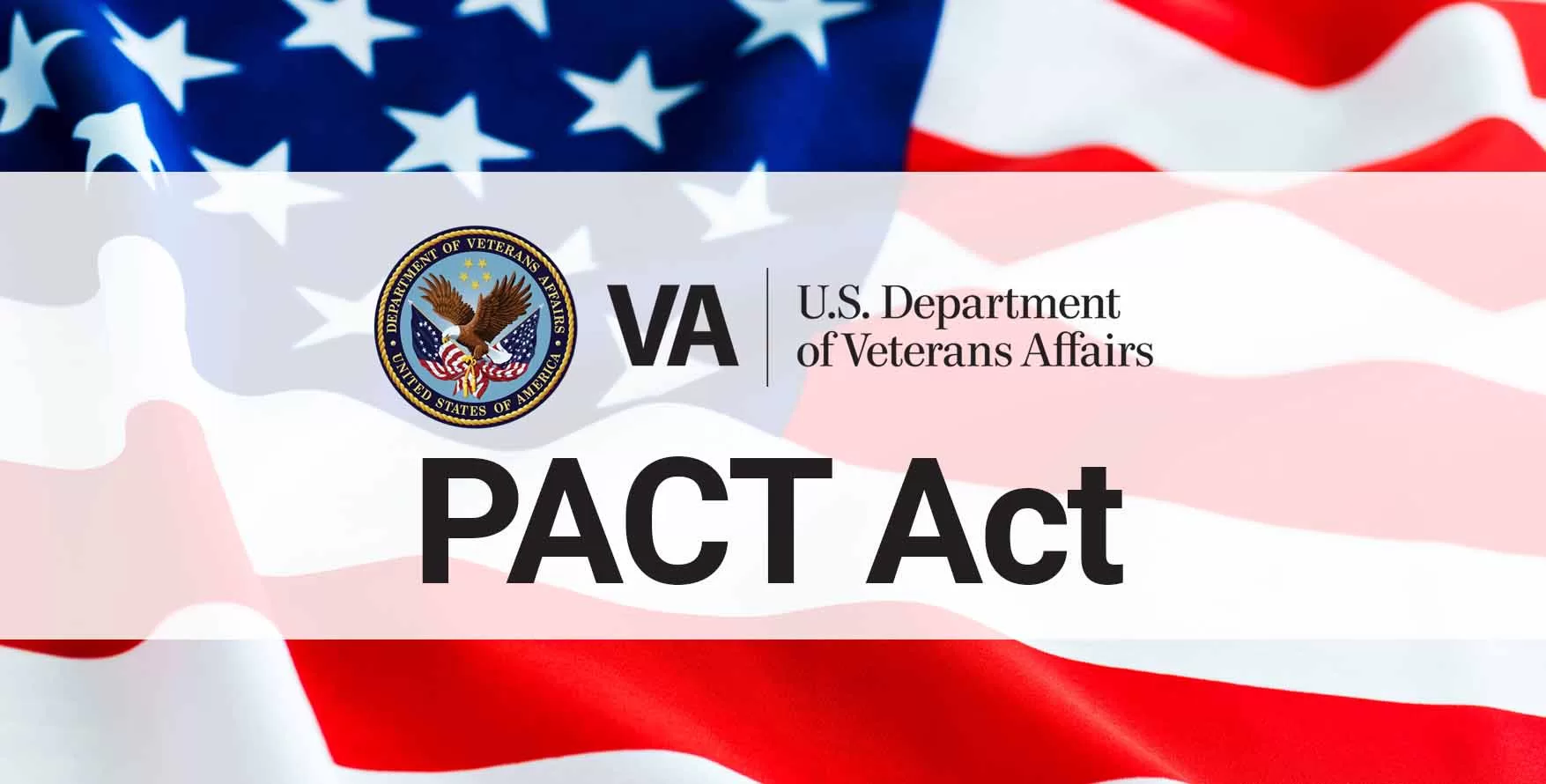Introduction
The GI Bill is a comprehensive program designed to provide educational benefits to veterans, service members, and their families. It has evolved over time, with the Post-9/11 GI Bill being the most recent version. In this guide, we’ll explore the GI Bill’s history, eligibility requirements, application process, and the various programs available to help you make the most of your educational benefits.
Related Articles:
- How to Maximize Your VA Military Veteran Pension Benefits
- How to Access and Use Your VA Health Care Benefits: A Comprehensive Guide
- How to Apply for Disability Compensation as a Veteran: A Step-by-Step Guide
- Understanding the VA Home Loan Program: Benefits, Eligibility, and Process
A Brief History of the GI Bill
The GI Bill, officially known as the Servicemen’s Readjustment Act of 1944, was created to help World War II veterans transition back to civilian life by providing education and training opportunities. Over the years, the bill has undergone several revisions, with the Post-9/11 GI Bill being the most comprehensive and generous version to date.
Understanding the Post-9/11 GI Bill
The Post-9/11 GI Bill, introduced in 2008, provides financial support for education and housing to eligible veterans, service members, and their dependents. It covers tuition and fees, a monthly housing allowance, and a stipend for books and supplies.
Eligibility
To be eligible for the Post-9/11 GI Bill, you must have served at least 90 days of aggregate active duty after September 10, 2001, or have been honorably discharged with a service-connected disability after serving at least 30 continuous days. The amount of benefits you receive depends on the length of your service.
Applying for Benefits
To apply for GI Bill benefits, you can submit an application online through the VA’s website, mail in a paper application (VA Form 22-1990), or visit a VA regional office in person. You’ll need to provide information about your military service, education history, and the school or program you plan to attend.
See Also: VA Educational Benefits Rates
Programs Covered by the GI Bill
The GI Bill covers various types of educational programs, including:
- College Degrees: Bachelor’s, Associate’s, and advanced degrees at accredited institutions.
- Vocational and Technical Training: Non-college degree programs that provide specialized skills for specific occupations.
- Apprenticeships and On-The-Job Training: Hands-on training programs that combine work experience with classroom instruction.
- Licensing and Certification Tests: Reimbursement for exams required to enter specific professions.
- National Testing Programs: Reimbursement for standardized tests, such as the SAT, GRE, or LSAT.
Yellow Ribbon Program
The Yellow Ribbon Program is a voluntary partnership between the VA and participating colleges and universities that provides additional financial assistance for tuition and fees not fully covered by the Post-9/11 GI Bill. To be eligible, you must be entitled to the maximum benefit rate under the Post-9/11 GI Bill.
Transferring Benefits to Family Members
The Post-9/11 GI Bill allows service members to transfer unused educational benefits to their spouses or children. This transfer must be requested while the service member is still on active duty and meet specific eligibility criteria.
All Of These Must Be True:
- You’ve completed at least 6 years of service on the date your request is approved, and
- You agree to add 4 more years of service, and
- The person getting benefits is enrolled in the Defense Enrollment Eligibility Reporting System (DEERS)
You can find more information here: https://www.va.gov/education/transfer-post-9-11-gi-bill-benefits/
Maximizing Your Benefits
To make the most of your GI Bill benefits:
- Research Schools and Programs: Choose an accredited institution and a program that aligns with your career goals. Search The Database of Accredited Schools
- Apply for Additional Financial Aid: Fill out the Free Application for Federal Student Aid (FAFSA) to qualify for federal grants, loans, and work-study programs.
- Utilize the Yellow Ribbon Program: If you’re eligible, attend a participating Yellow Ribbon school to minimize out-of-pocket expenses.
- Seek Scholarships and Grants: Many organizations offer scholarships and grants specifically for veterans and their families. Conduct thorough research and apply for these opportunities to help offset the cost of your education.
- Plan Your Course Load Wisely: Be strategic about your course schedule, taking advantage of the GI Bill’s 36 months of benefits to complete your educational goals.
- Combine Benefits with Other Programs: Explore other VA programs like the Veteran Readiness and Employment Program (VR&E) services to complement your GI Bill benefits and further support your education and career.
Conclusion
The GI Bill is an invaluable resource for veterans, service members, and their families seeking to advance their education and transition to civilian life. By understanding the eligibility requirements, application process, and various programs available under the GI Bill, you can maximize your educational benefits and build a solid foundation for a successful future.




